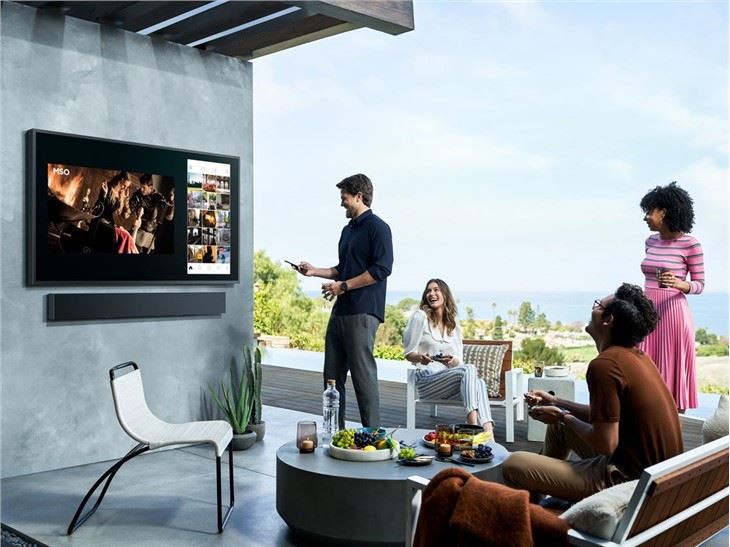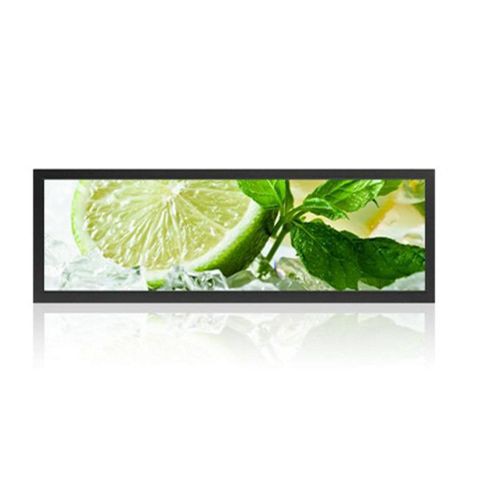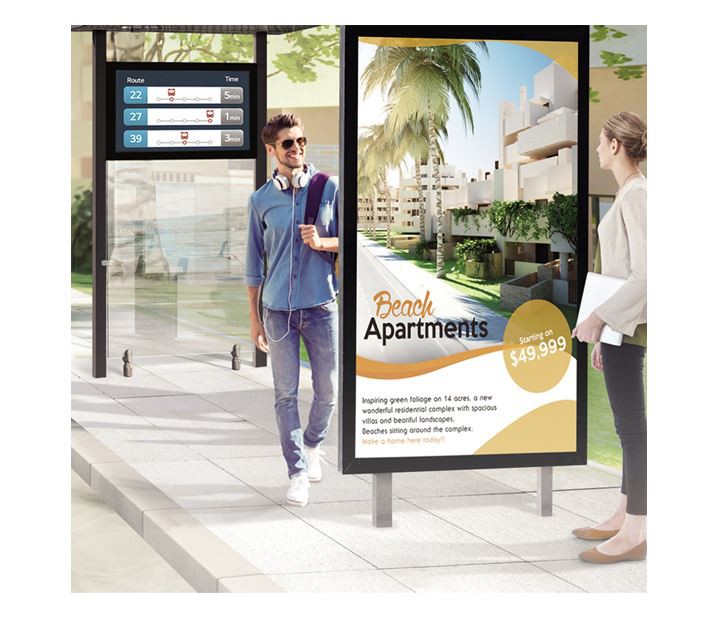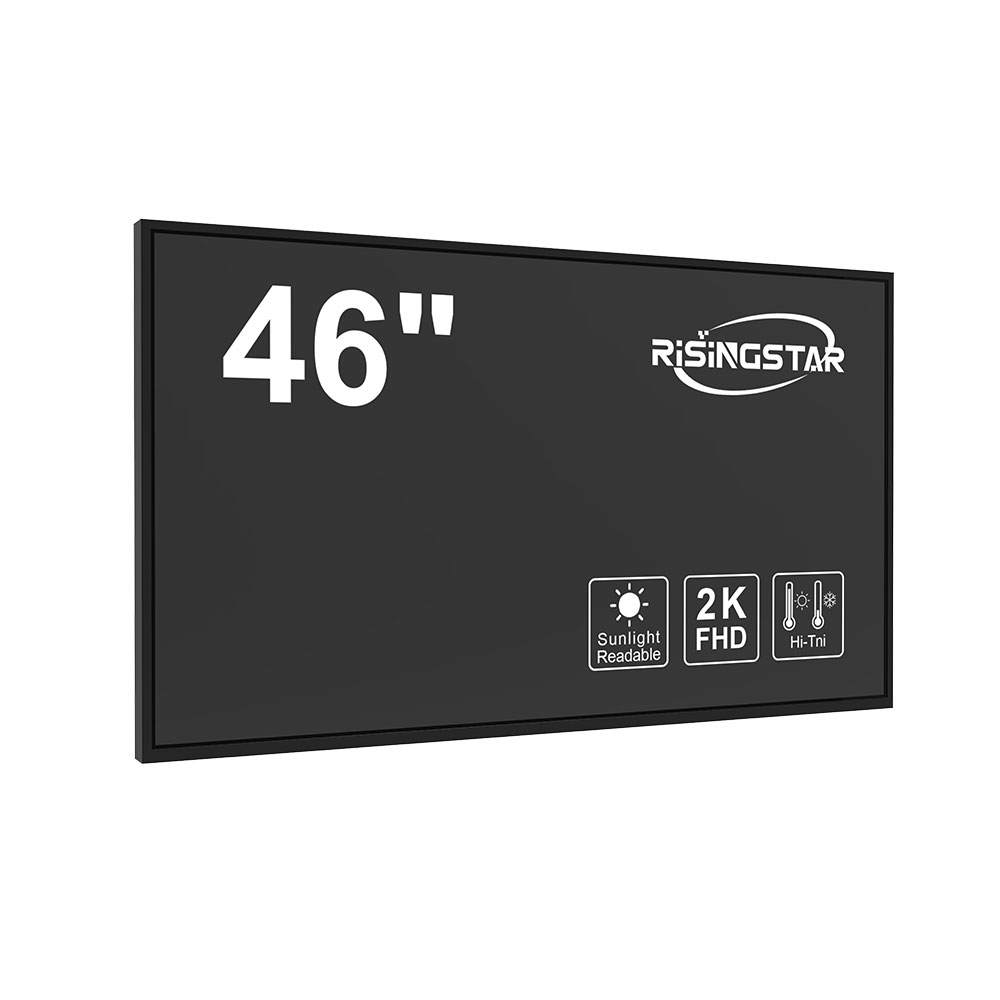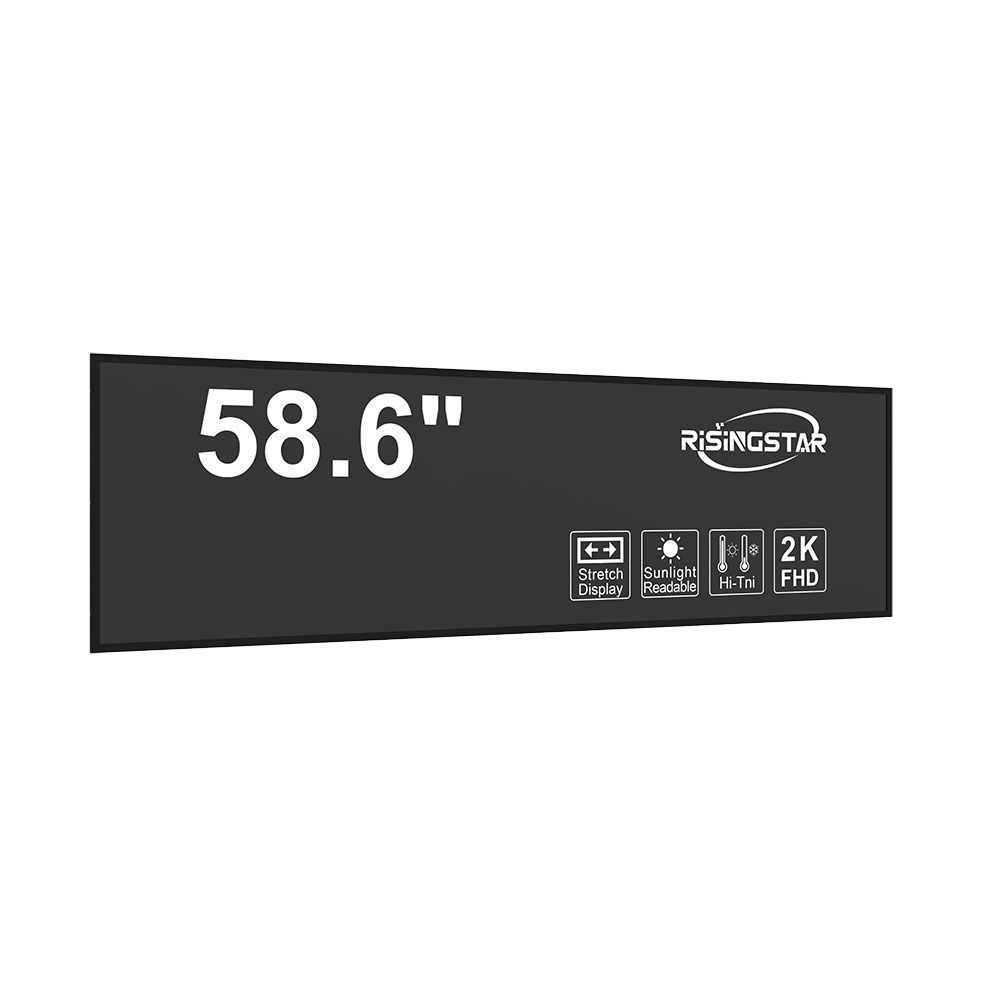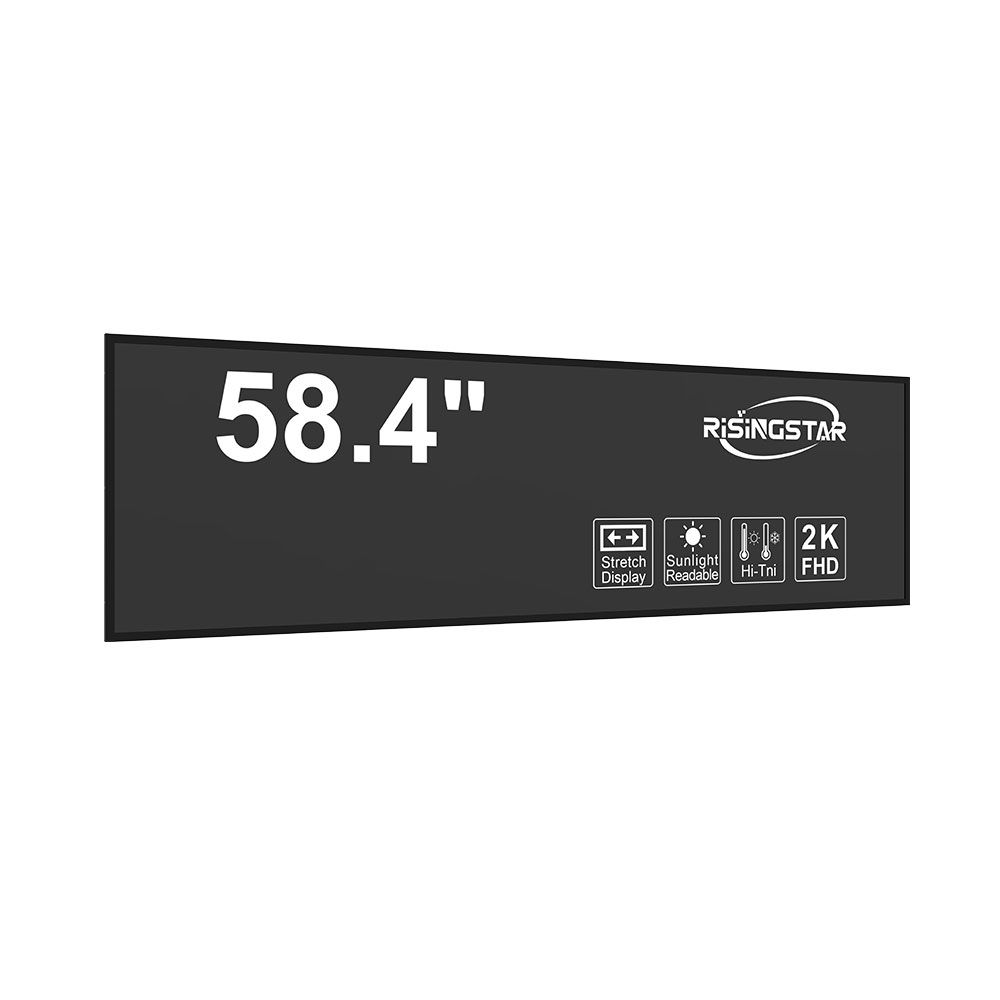High-brightness sunlight-readable LCD screens have become indispensable in modern outdoor and industrial environments where visibility under direct sunlight is critical. These displays are engineered to deliver clear, readable images even in extreme lighting conditions—such as bright daylight, harsh glare, or rapid ambient light changes—that would render standard LCDs unusable. The technology behind these screens combines advanced backlighting, specialized glass coatings, and optimized panel architectures to ensure consistent performance across diverse applications including military equipment, transportation systems, utility meters, medical devices, and agricultural monitoring tools.
One of the key metrics defining a sunlight-readable display is luminance, typically measured in nits (cd/m²). Standard indoor LCDs produce around 200–300 nits, while high-brightness sunlight-readable displays often exceed 5,000 nits—some models reach up to 10,000 nits or more. This level of brightness ensures that content remains legible under full sun exposure, even at angles of up to 60 degrees off-axis. For example, military-grade ruggedized tablets used in field operations must comply with MIL-STD-810G standards, which include environmental durability testing and visual readability under 10,000 nits of ambient light—a benchmark many commercial-grade outdoor displays fail to meet.

Another crucial factor is anti-reflective surface treatment. High-end sunlight-readable LCDs employ multi-layer optical coatings such as anti-glare (AG) or anti-reflective (AR) films, which reduce specular reflection by over 90%. Some manufacturers also use matte-finish glass combined with micro-lens arrays to diffuse reflected light evenly, preventing hotspots that degrade image quality. In addition, certain models integrate automatic brightness control (ABC), which dynamically adjusts screen output based on real-time ambient light sensors—an energy-efficient solution that extends battery life in mobile applications like handheld scanners or field service workstations.
Case studies from industries like aviation and public transit demonstrate the value of this technology. For instance, a 2023 study by the International Air Transport Association (IATA) found that pilots using sunlight-readable displays in cockpits reported a 40% reduction in reading errors during daytime operations compared to conventional screens. Similarly, a deployment of 10,000 solar-powered bus information kiosks in Singapore utilized 7,000-nit LED-backlit LCDs with AG-coated panels, resulting in 98% user satisfaction ratings for readability during peak daylight hours.
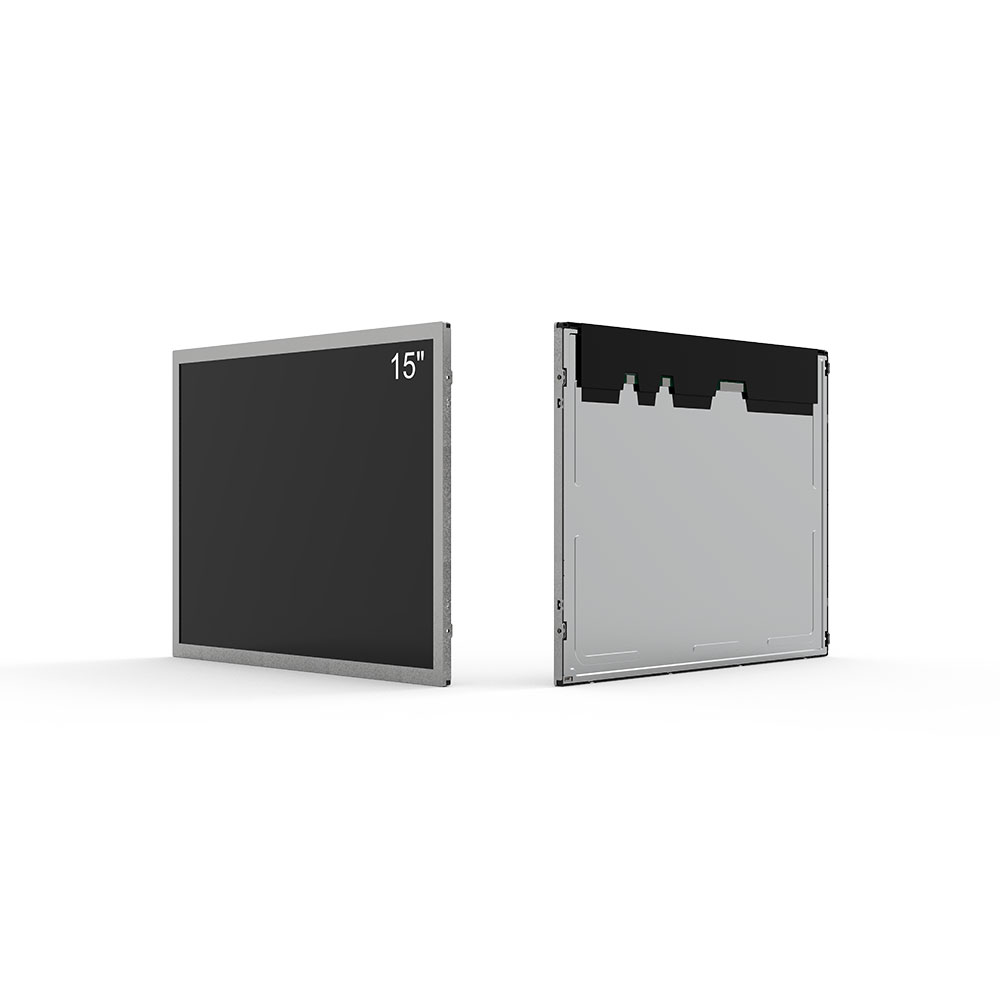
The growing demand for Digitale Beschilderung im Freien, asset tracking systems, and IoT-enabled infrastructure continues to drive innovation in this space. According to Statista’s 2024 report, the global market for high-brightness displays is projected to grow at a CAGR of 8.7% through 2030, fueled by smart city initiatives and increased adoption in logistics and construction sectors. Manufacturers like LG Display, Sharp, and Crystalfontz are investing heavily in research into new materials such as quantum dot-enhanced LEDs and low-power OLED variants tailored for sunlight-readability without compromising color accuracy or response time.
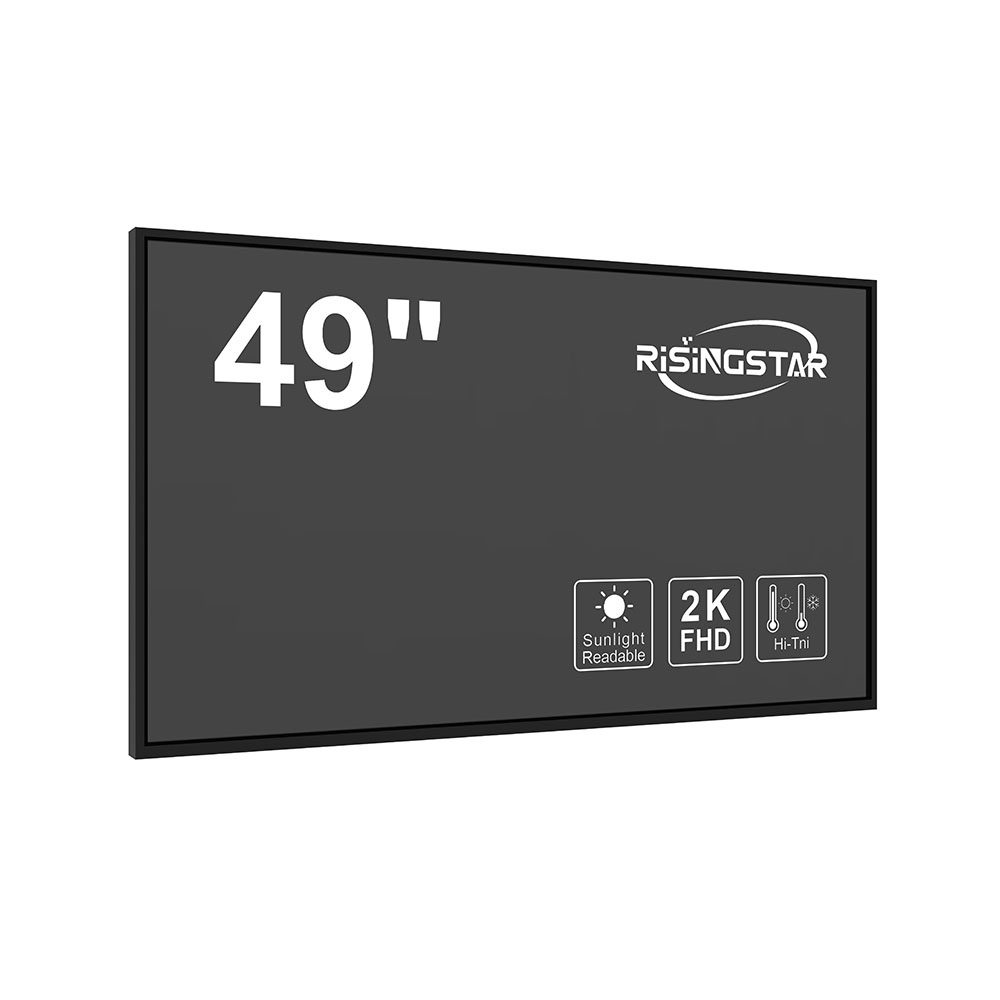
In summary, high-brightness sunlight-readable LCDs represent a convergence of engineering excellence and practical usability. Their ability to function reliably in challenging lighting conditions makes them essential components in mission-critical and consumer-facing outdoor technologies. As global reliance on digital interfaces grows—especially in remote, sunny regions—the need for robust, human-centric display solutions will only intensify.





